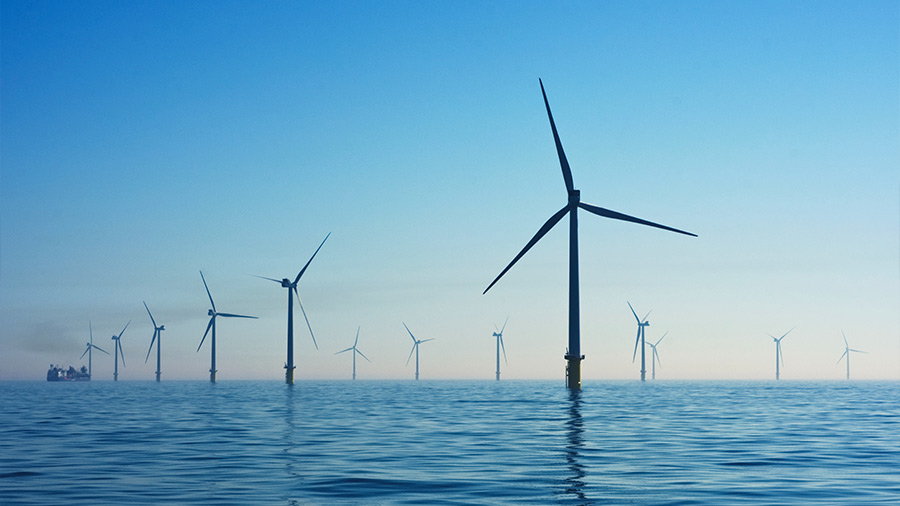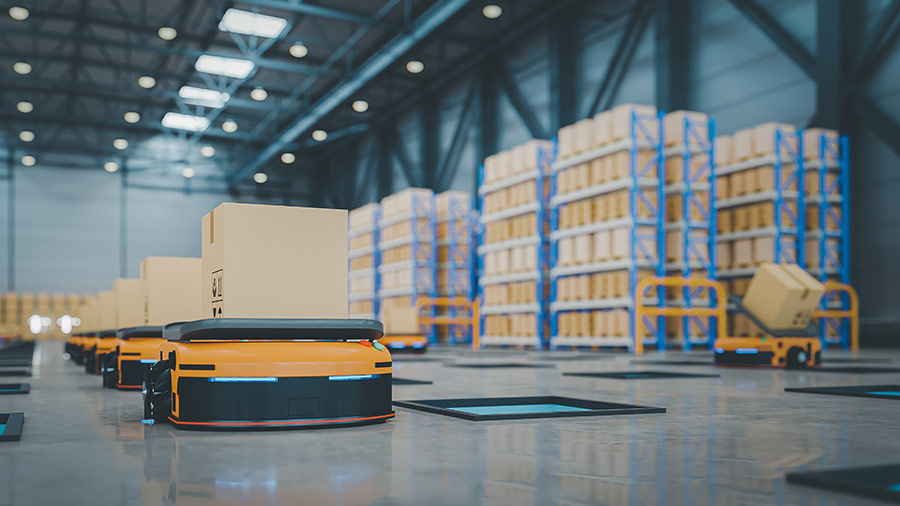The shipbuilding industry in Vietnam has shown remarkable growth, resilience, and adaptability despite setbacks in the aftermath of Covid-19. Moving forward, there will be ample opportunities for investment and development but also a number of challenges to overcome. With this in mind, here’s what foreign firms should know.
Vietnam's shipbuilding industry is at an important juncture, facing both a myriad of opportunities but also some formidable challenges. The country's economy is growing fast driven by a booming manufacturing sector and buoyed by an export-oriented outlook; however, the shipbuilding industry also faces increasing competition from foreign shipbuilding firms in other parts of the world.
Considering these factors, in order to maintain competitiveness, Vietnam’s shipbuilding industry must remain abreast of emerging technologies, effectively harness infrastructure, and address the issue of a shortage in qualified workforce.
Achieving these goals will need substantial investments in research and training, which, if executed properly, have the potential to yield significant returns for investors.
Shipbuilding in Vietnam in numbers
Vietnam’s shipbuilding sector is expected to record a CAGR of 6 percent from 2023 to 2032, with the value of ships produced to reach US$680 million, according to the Vietnam Shipbuilding Industry Research Report 2023-2032.
Since 2002, there has been significant investment in the Vietnamese shipbuilding sector. Approximately 120 marine shipyards, both large and small, are now operational in Vietnam, and their annual output has increased tenfold over the last 10 years.
That said, just 5 percent of Vietnam's export commodities are sent by domestic carriers, leaving foreign carriers with a 95 percent market share. Notably, Vietnam imports components, machinery, and materials for shipbuilding mostly from South Korea, Japan, China, and Europe.
Furthermore, the average age of Vietnam's shipping fleet is increasing with the current average age of a ship in Vietnam’s fleet at 21.9 years. One reason ships are becoming older is apprehension among ship owners about new technology that provides better fuel economy, according to the United Nations Conference on Trade and Development’s Review of Maritime Transport 2022.
However, the world is becoming more carbon-conscious with implications for trade policy and compliance. For example, policies like the European Union’s Carbon Border Adjustment Mechanism taxes high-carbon-emissions-producing imports into the EU. This shift in thinking means that these older ships will need to be upgraded sooner rather than later.
International collaboration
Vietnam's shipbuilding industry has actively engaged with international partners to strengthen its capabilities and competitiveness in the global market. For example, Japan has agreed to transfer military technology to Vietnam to build military ships.
Vietnam is also a part of the ASEAN Maritime Forum, which the bloc uses to address regional maritime issues. It also fosters the exchange of knowledge and resources, and this enables shipbuilders in member states, including Vietnam, to enhance their capabilities and compete globally more effectively.
Vietnam’s strategic location
Vietnam enjoys a lengthy coastline bordering the South China Sea and the Gulf of Thailand. It also has the second-highest number of international ports in ASEAN.
In terms of cargo capacity, three significant ports—Ha Phong, Da Nang, and Ho Chi Minh City—are all among the top container ports in Asia. Large container ships often dock at Hai Phong International Container Terminal (HICT), cutting the time and expense of carrying containers to northern Vietnam or even China. The port at Da Nang is also pivotal to trade, connecting Vietnam with Myanmar, Thailand, and Laos.
Challenges facing the industry
Negative export market outlook
A downturn in exports may lower demand for new ships. According to the General Statistics Office, rising inflation and lower consumer demand caused Vietnam’s export turnover to fall by 12.1 percent in the first six months of 2023 over the same period last year. Many predict that this will continue and that it will have a direct impact on the market demand for new ships.
Skill shortages
In Vietnam, there is a lack of qualified shipbuilders. In a seminar, representatives of the Vietnam Maritime University (VMU) said shipbuilding enrollment has been continuously decreasing in both quantity and quality. Specifically, VMU had 395 students in 2008, but by 2019, the total number of students entering the shipbuilding department was only 13. Meanwhile, the demand for shipbuilding engineers in domestic and foreign enterprises has continuously increased, now averaging about 100 engineers a year.
Infrastructure limitations
Early in 2022, there were 68 new shipbuilding and repair facilities in addition to 97 shipyards with a tonnage of 1,000 DWT or higher in Vietnam. The repair capacity of the entire sector, however, can only fulfill 42 to 46 percent of the demands of the national fleet. This is partially attributed to a lack of automation and the disjointed technical equipment used in new ship construction, according to Industry and Trade Magazine.
Key players
Ba Son Corporation
Ba Son Corporation was established in 1863 and has extensive experience in shipbuilding, ship repair, and mechanical processing. Ba Son is the only high-tech combat shipbuilder (missile ship) in Vietnam and has succeeded in building many types of fast-attack missile ships for the Vietnamese People's Army.
Hyundai Vietnam Shipbuilding Company
Hyundai Vietnam Shipbuilding Company Limited (HVS), established in 1996, is a joint venture between Hyundai Mipo Shipyard (Korea) and Shipbuilding Industry Corporation (SBIC - Vietnam). The company has grown to be the largest shipyard in Southeast Asia after transitioning to the new building sector in the late 2000s. The firm has currently supplied 157 cargo ships to several clients all over the world, including Italy, Japan, Korea, Greece, Denmark, and Singapore.
Conclusion
In conclusion, for foreign investors seeking opportunities in Vietnam's shipbuilding industry, the prospects are promising, but challenges require careful consideration. The country's growing economy with its strategic location offers a favorable investment climate. However, to maximize returns, investors should be aware of the competitive landscape, the need to spend resources on technological advancements, and the challenges they may encounter while hiring a skilled workforce.







